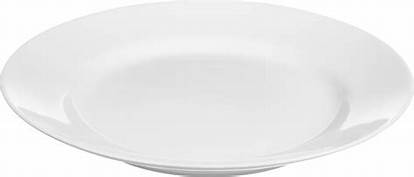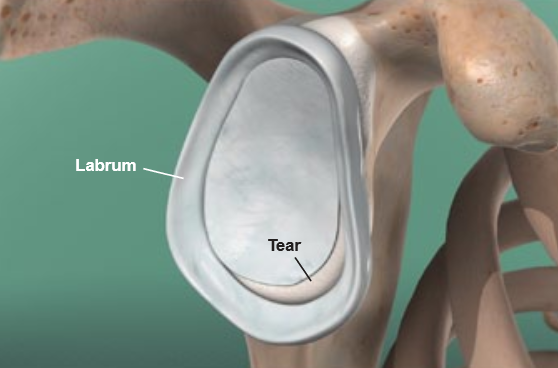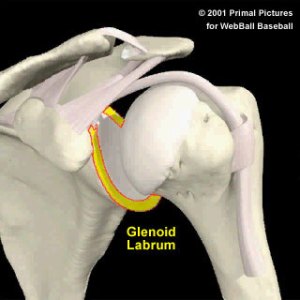- Home
- Dr Shailesh Keshav Mishra
- Arthroscopy
- Joint Replacement surgeries
- Arthritis care
- Type of Sports injuries
- Gallery
- Blogs
- Testimonials
- Contact Us
It sometimes happens that the shoulder is dislocated from the socket and it either is wrenched upward or backward. This leads to incapacitation and an immense amount of pain. Shoulder dislocations, in general, happen due to falling on a hard surface. The lower front portion of the shoulder is usually affected in most of the cases. There is a term used in medical science called subluxation. This means the partial dislocation of the shoulder. When the joint surfaces of the shoulder lose contact with each other, that is when shoulder dislocation occurs.
Shoulder joint enjoys the mobility at the cost of Stability.
It is the most mobile joint in the body but one of the least stable joint therefore one of the most frequently dislocating joint in the body. Anatomy of the shoulder is such that it allows free movement in all directions. Humeral head (arm bone) articulates with glenoid on the scapula (shoulder blade bone)
Imagine a dish which has flat central part and elevated edge all around periphery. If you have to place a large ball (ball of double the size of dish) in the dish , it will stay in the dish because of the elevated edge of the dish. If the edge of the dish is broken ball will roll out and won’t remain in the dish.
Glenoid is like Saucer or Dish which has central flat part and elevated edge. The Humeral head is much bigger in size as compared to glenoid. In the Glenoid the elevated edge is formed by Labrum. If the edge of the glenoid is broken (i.e. Labrum is torn or edge of the glenoid is fractured) the Humeral head (ball) tends to slip out of the glenoid and results in dislocation.



The most common reasons of shoulder dislocation are as follows:
The symptoms that are usually encountered by people in case of shoulder dislocations are as follows:
If you have had a dislocated shoulder, you may be able to prevent a repeat injury by doing shoulder strengthening exercises recommended by your doctor or physical therapist. Once you have dislocated your shoulder, you are more likely to dislocate it again, particularly if you play a contact sport.
DO NOT try to reduce shoulder forcibly by quacks as it causes more injuries inside the shoulder joint.
The possible treatment measures for treating a dislocated shoulder are as follows:
Our clinic has all the state-of-art infrastructure required to treat a shoulder dislocation. No matter how grave the injury is, you will be able to resume your normal life after getting the treatment from our clinic.
The outlook depends on many factors, including the severity of your shoulder injury, your age and your participation in athletic activity. For example, if you are a teenaged athlete and you play contact sports, such as football or hockey, after a shoulder dislocation, your overall risk of a second shoulder dislocation may be as high as 90%. Repeat injury may make your shoulder unstable enough that it needs to be repaired with surgery. Surgery usually restores the shoulder's stability and reduces the risk of future dislocation to 5% or less.
If you are an adult and have an uncomplicated shoulder dislocation, your risk of a second dislocation is low, with repeat dislocations occurring less frequently for people in their 30s and even less often for older age groups.